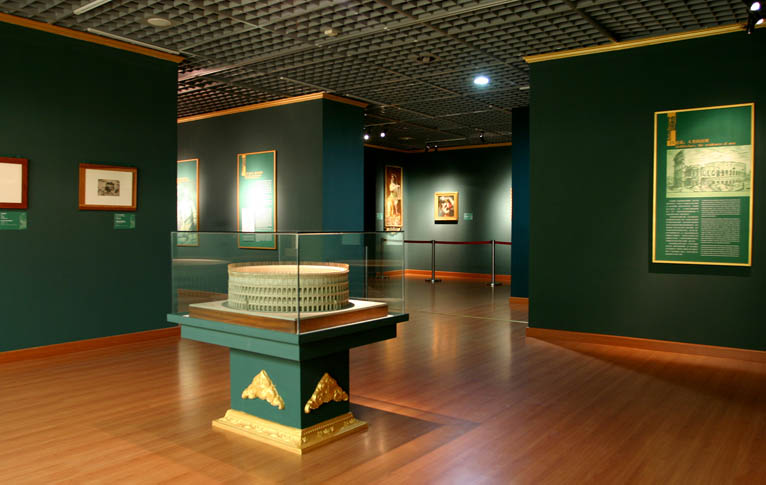MATTEO RICCI
| August 1, 2010 | Post In LEAP 4

Joseph Needham once said: “In the history of intercultural communication, nothing seems comparable to the Jesuits’ arrival to China in the seventeenth century.” To be sure, in China, the opinion of a Western scholar can still not be regarded as historical truth, even if history textbooks in China’s high schools do make mention of the Jesuit missionary Matteo Ricci (1552-1610), and there is a growing interest in Ricci in Chinese academia. Compared with Chinese textbooks’ treatment of the invasion of modern China by Western powers in the 19th century, there is something metaphysically elegant about this “fleeting glimpse” of Ricci.
The recent touring exhibition (Beijing, Shanghai, and Nanjing) of “Matteo Ricci: An Encounter of Civilizations in Ming China,” held in memory of the four hundredth anniversary of Matteo Ricci’s death, hasn’t overstepped the boundaries set by the textbooks: visitor interest is attracted and harnessed with a simple introduction of Ricci’s and a smattering of historical artifacts. In short, “unnecessary” historical associations are held under control. Maybe this is the political agreement that the Chinese and Italian governments have reached; the exhibition is part of the Year of Italy in China, and one of the cultural events celebrating the fortieth anniversary of the establishment of diplomatic relations between the two. In this exhibition, Matteo Ricci is no longer just a simple missionary who aimed to re-establish the Vatican’s reputation. As the show’s title indicates, he is instead re-defined as an ambassador of scientific and cultural communication between China and the West, and the aesthetic significance of his behavioral strategies is emphasized. On the other hand, long-held views on Ricci’s religious objectives are correspondingly underplayed in typically postmodern fashion. All in all, it is an enthusiastic response to the geopolitics of our age.
Accordingly, one hundred artworks and relics provided by museums, libraries, and archives of both countries offer a glimpse of cultural education and thought during the Enlightenment, i.e. the sixteenth-century post-Renaissance Jesuit system from whence Ricci came. As for the religious elements of the Jesuits and their system, barely a word is mentioned. We can see the route Ricci took from Portugal to China, and his every stop along the way, but there are no details on the great advancement in trans-oceanic travel of the time, nor on naval power struggles, or colonialism. We can see how Ricci’s “Policy of Accommodation”—his adoption of a Chinese name, his compiling a Chinese dictionary for the sole purpose of studying the language and translating the Confucian classics, his befriending of Ming Dynasty literati and officials, and so on—helped him make breakthroughs in missionary work. Yet the topic of the Chinese Rites Controversy, which ultimately led to the prohibition of missionary work during the Kangxi Emperor’s reign, is thoroughly avoided. We see how, with the assistance of Xu Guangqi and others, Ricci promulgated the most advanced science and technology from the West, but there is no investigation into the reasons why afterwards China gradually fell technologically behind. Of course, between civilizations, conflict and communication go hand in hand. Ricci was the lurking harbinger of the contradictions that would beset the East and West.
For those of my fellow compatriots who understand the value of history’s lessons, Ricci’s importance lies absolutely not in his heroic achievements—a notion the exhibition stresses—but rather, in that he prompts us to make a conscientious examination of the reasons his legacy in China would fall into oblivion after his death. If some of us noticed that the whole of Oceania was missing from the “Great Map of Ten Thousand Countries” Ricci presented to the Wanli Emperor, and laughed at the “ignorance” of that era, perhaps we should also reconsider for a moment where our own “intelligence” comes from. This sort of metaphysical contemplation is independent of time, and thus all the more important. Sun Dongdong

